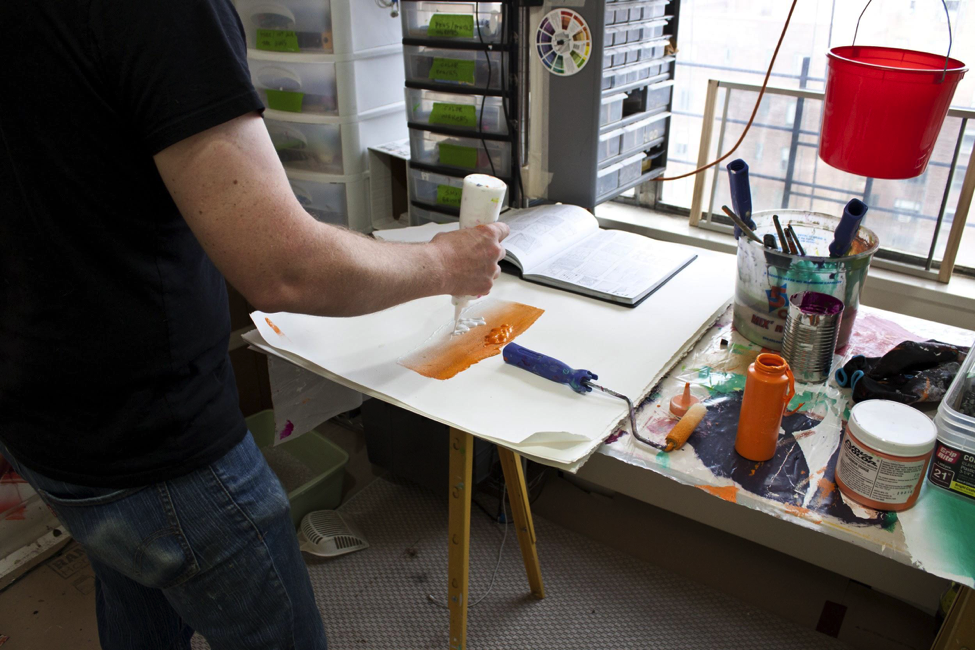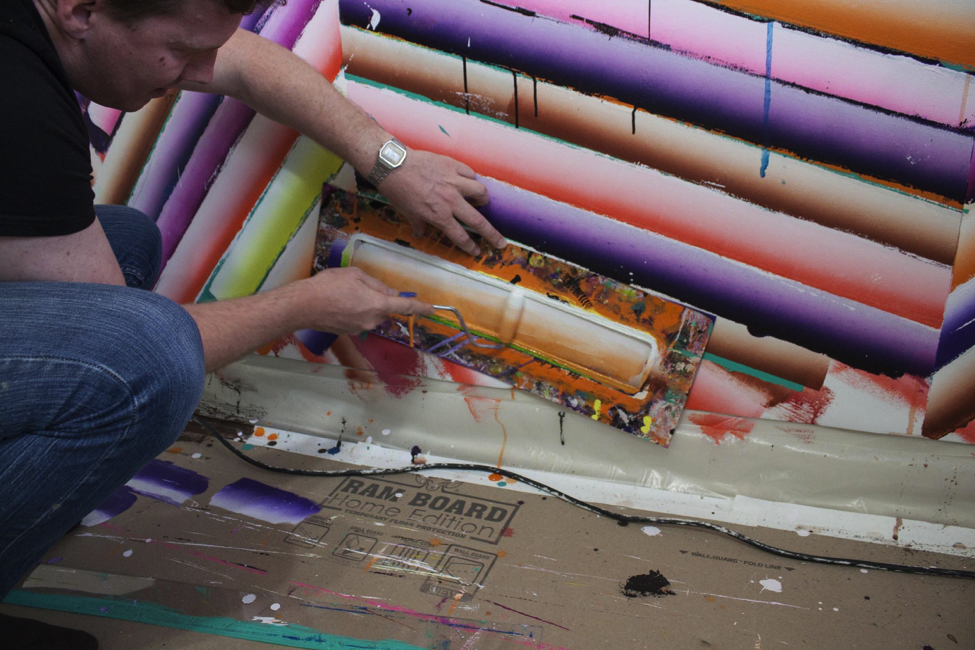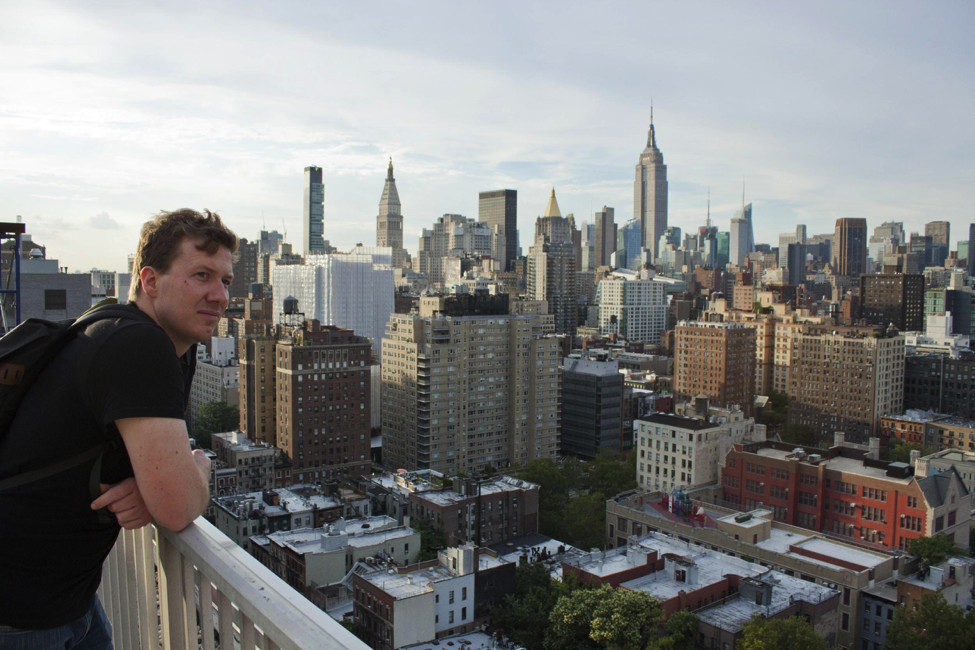This week’s contributing bloggers are Lindsey Larsen and Wes Larsen. Lindsey is an artist, writer, curator, and self-publisher currently based in Fort Worth, Texas. Wes is an independent designer focused on meaningful collaborations with institutions of art, craft, culture, and social practice. He is also a partner at the Fort Worth based digital design agency Tocco.
Together they are the creators of Dinnertime Magazine, an experimental publication project featuring process based content and collaborative conversations with artists. They recently sat down to discuss the project from its start. In the context of rethinking the publication’s identity, they examine its role in their respective creative practices, how it fits into the existing world of experimental publication, and what that means for the project moving forward. (This is the second chapter of their three-part conversation; if you missed Part I, click HERE.)
W: When we went New York to talk to Nathan [Green] for issue two, I sort of had this mental image of going into his studio and it being very picturesque and having all of these opportunities to take photos for his feature. At the time he was making these huge paintings in his home studio on the 20th floor of an apartment building in Manhattan and I thought, “Oh, this is not at all what I expected, but super interesting in a totally different way.” That experience of being in his home sort of pulled down the curtain – going into an artist’s studio, the mystique of that space – however there was, in that situation, no mystery. He was showing us exactly how he makes his work and exactly how he stumbles through this process until he finds something that works, all while dealing with his cat potentially jumping on his paintings.
L: Which is what I was really hoping for, you know? When I think back to why I started doing this, I had so many questions about what being an artist meant – I just didn’t know!
W: Yeah, I thought that was great because that was also one of the initial missions of the magazine, to open up and develop conversations with artists in order tear down the curtain of mystery surrounding the artist’s studio, right?
L: Yes – maybe the curtain was only an excuse though. I think magic still happens, there are things that can’t be “accounted” for, but maybe we needed to approach it like that in the beginning to come to the understanding we have now. I almost want to go back and redo that visit.
W: Because we were so concerned about making it look a certain way?
L: We were too concerned about taking good photos and having good conversation for people to read, but it didn’t really allow for those things we didn’t expect but, in hindsight, were more important to our experience than “making a magazine.”
W: We actually spent more time just hanging out on the rooftop of his building rather than in the studio. I wish that maybe more of that had made it into print. So, what is it about those moments where you go into a situation with an expectation of what you want it to be like, but the moments around that end up being more interesting?
L: I think having expectations like that diminishes your opportunities to learning something new. Luckily we both realized that in the moment and changed our expectations pretty quickly. Working on Dinnertime has helped me come to understand that thinking of the package first is not necessarily the right way to approach something, especially if it serves a purpose like the magazine does for us. That’s something that has directly affected my studio practice as an artist. Those experiences that we create the frame for and put ourselves into… that’s the work, and that’s the point of this whole thing. It’s important to keep your expectations open enough so that if it shifts a little bit, it’s okay.
W: And that goes back to what I was saying about working on this new identity… even something like the logo or the masthead type being flexible enough that as the content fluctuates and changes, so then can the look and feel of the publication. So for your practice, it sounds like Dinnertime kind of acts as like a continuous reminder of that. It’s something you can expect to do at least once, maybe twice a year if we’re lucky.
L: Yes – it serves as this feedback loop for some of the questions I’m asking in my own studio practice. I think of the research we do as Dinnertime to be a part of this continuous cycle of thought that’s essentially propelled by our own personal research interests. Given that it’s just the two of us making this thing, we seek out artists who are working within the same questions we’re asking ourselves and reach out to start a conversation about it.
Stay tuned for Part III of this conversation, which will be published on VoCA Blog later this summer.



